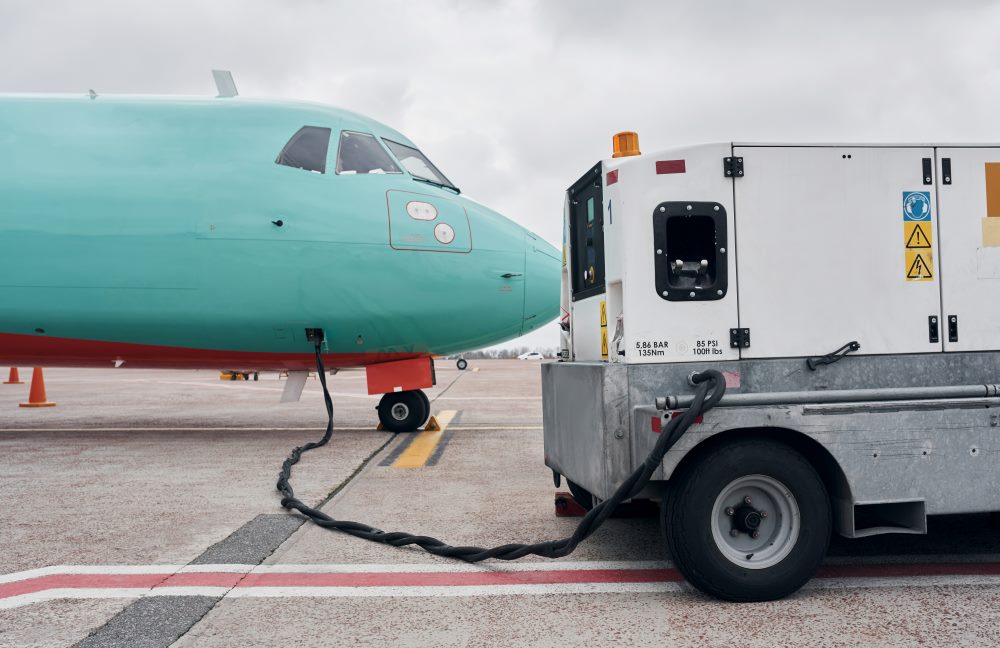You can find multiple variants of aviation fuel worldwide. However, private jets, commercial aeroplanes, and general aviation aircraft usually depend on two types of aircraft fuel: Jet Fuel and AVGAS.
1. Jet fuel or Kerosene
Jet fuel is a refined kerosene-based fuel widely functional in aeroplanes with turbine engines, turboprops and jet engines.
You can find two variants of Jet Fuel, namely Jet A and Jet A1. There are basic manufacturing differences between these two types of fuel used in aircraft. These jet fuel variants can be used interchangeably to operate turbine-engines aeroplanes.
The main differences between Jet A and Jet A1 are-
Freezing Points- Usually, Jet A1 freezes at -47° while Jet-A freezing point is -40°C. The lower freezing point of Jet A1 makes it ideal for long international flights. The fuel variant is suitable for the ones flying over polar routes.
Additives- Jet A1 mostly contains additives that are static dissipaters. This helps to decrease the static charges which form due to jet fuel movement. Comparatively, Jet-A does not include static dissipater additives.
Usage- Jet A is prevalent in the US, while Jet A1 is universal or used in the rest of the world.
2. AVGAS
If you were wondering which fuel is used in jet aeroplanes, the answer is AVGAS. Aviation gasoline or AVGAS is a variant of aviation fuel that powers small piston-engine aeroplanes.
Usually, flight training jets, flying clubs and private pilots operate these aeroplanes.
AVGAS contains a significant amount of tetraethyl lead additive. The Tetraethyl lead prevents engine detonation or knocks, which can cause engine failures.
However, this fuel is toxic for human inhalation or absorption via the bloodstream. Therefore, it is advisable to use the fuel with caution.
There are two main types of AVGAS, which are AVGAS 100 and AVGAS 100LL. Here the 100 refers to the octane rating.
The basic differences among these types of fuel used in aeroplanes are-
Tetraethyl lead Additive- The AVGAS 100 has high lead content, while AVGAS 100LL includes low amounts of tetraethyl lead.
Colour- AVGAS 100LL sports an artificial blue dye, while AVGAS 100 sports a green dye.
Apart from understanding which type of fuel is used in aeroplanes and their differences, let’s learn its composition. This will help you understand the manufacturing process of this fuel.
3. SAF: New Sustainable Jet Fuels
Sustainable Aviation Fuel (SAF) is an eco-friendly alternative to traditional jet fuel that has been specially designed to reduce the carbon footprint of air travel significantly. It can be derived from various sustainable sources, such as biomass and waste materials, and through synthetic processes like Fischer-Tropsch synthesis.
The benefits of SAF are remarkable. It can reduce carbon emissions by up to 80% compared to conventional jet fuel. One of its biggest advantages is that it can be seamlessly blended with traditional jet fuel without requiring modifications.
However, there are challenges associated with SAF. Currently, the production costs of SAF are higher than those of conventional jet fuel. The availability of sustainable feedstocks in adequate quantities presents another significant challenge.
















